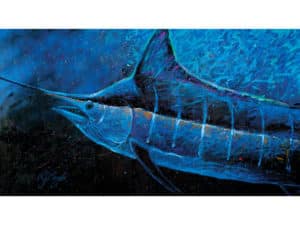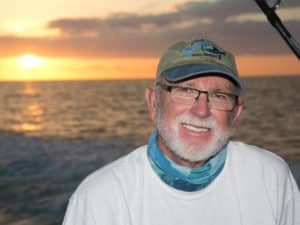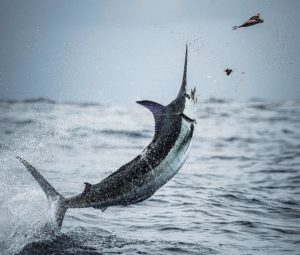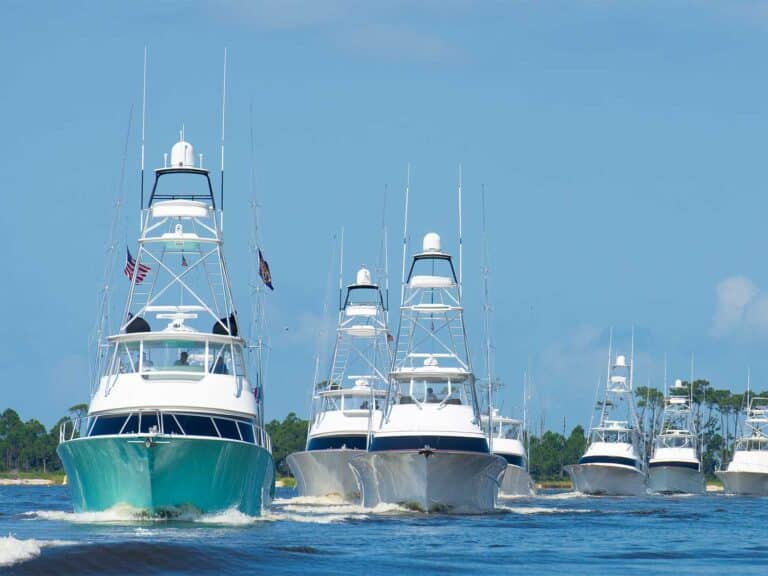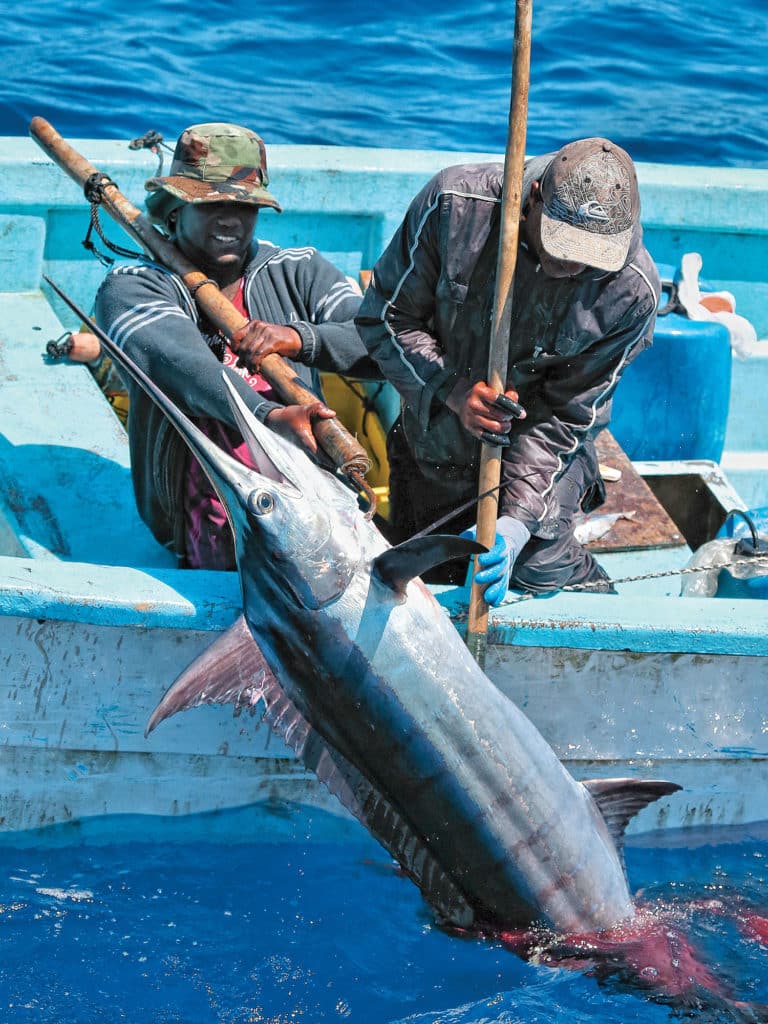
Billfish Management
Billfish species (blue and white marlin, sailfish and spearfish) make significant contributions to Caribbean economies through commercial and recreational fisheries, and are also incidental bycatch species from large-scale tuna longline fisheries operating both within and beyond national jurisdictions. Because collective action by Caribbean nations is required to improve billfish management and conservation, 50 experts from more than 20 countries in the Caribbean region and the United States met on November 9, 2015, in Panama City, Panama, for the second Regional Workshop on Billfish Management and Conservation. The three-day workshop was co-sponsored by the World Bank Ocean Partnership, the Western Central Atlantic Fisheries Commission, and the Food and Agriculture Organization of the United Nations during the 68th Conference of the Gulf and Caribbean Fisheries Institute.
The primary objective of the workshop was to discuss the Caribbean Billfish Project, a $1.95 million project to develop business plans for two pilot trials to create sustainable management and conservation of billfish within the western central Atlantic Ocean. The IGFA is playing a significant role in this project by working with consultants to develop billfish economic and assessment methodologies and by serving as secretariat for the Consortium on Billfish Management and Conservation.
During the workshop, attendees:
• Selected two countries for the pilot trials (Grenada and Dominican Republic) to test and validate innovative rights-based management arrangements.
• Presented and reviewed preliminary results of current research on the status of billfish resources in the western central Atlantic; the value of billfish resources to both commercial and recreational fisheries; the application of the Manual on Economic Impact Assessment on recreational fisheries in Martinique and the Bahamas; the use of rights-based management in transboundary and highly migratory fisheries; and the assessment of national fisheries legislative frameworks in the Caribbean region.
• Discussed the outline of a Regional Billfish Fisheries Management and Conservation Plan and further discussed the potential for effective coordination of management measures.
The Big Picture
IGFA hopes the Caribbean Billfish Project might help billfish stocks on a regional level by improving data on billfish landings and refining methodologies that allow us to better determine billfish exploitation rates. If this effort proves successful in the Caribbean, then perhaps some of what was learned can be utilized at a greater level throughout the Atlantic to increase billfish conservation. Recently, conservation measures for Atlantic billfish came up for renewal at the November meeting of the International Commission for the Conservation of Atlantic Tunas (ICCAT). The Commission renewed the previous conservation measures adopted in 2012, primarily consisting of hard caps on landings for blue and white marlin and country-specific quotas. And although this is certainly better than no regulations, the scientific body of ICCAT explicitly stated these measures are probably not sufficient to rebuild stocks, especially when considering the chronic under-reporting of landings from artisanal fisheries. The United States delegation did attempt to encourage the use of circle hooks on longline gear to further reduce billfish mortality. The proposal was met with fierce opposition from several countries and subsequently scrapped from the discussion.
